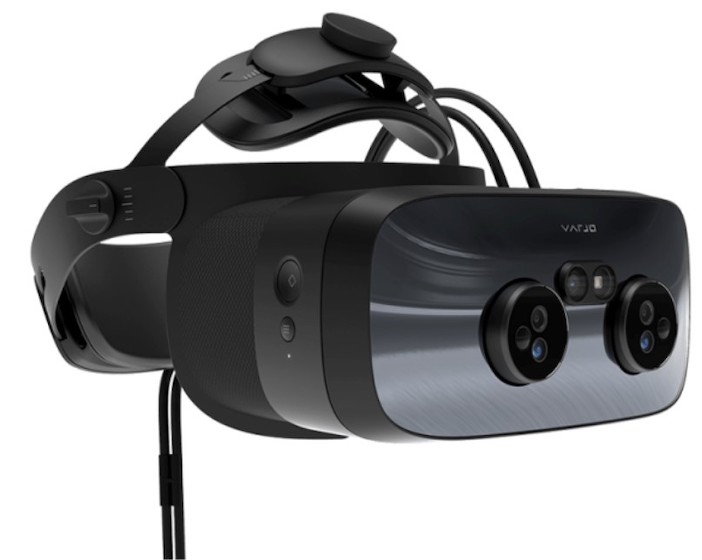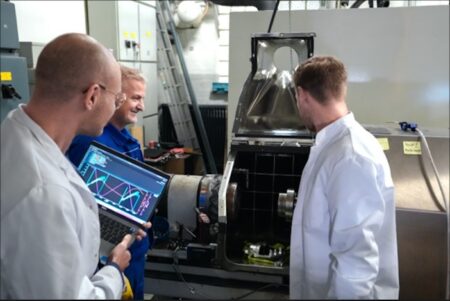A new release of Cruden’s Panthera motion simulator software, named 2023b, brings upgrades including Unity rendering upgrades and improved support for head-mounted devices (HMDs). Panthera can be run on a variety of motion simulators, from Cruden and other suppliers.
The introduction of a newer version of Unity enables the simulator to generate realistic ambient lighting – based on ray tracing but pre-processed so that it does not take up GPU resources as conventional ray tracing can. Cruden first implemented the popular Unity rendering engine in its marine simulators, followed by the driving simulators. In 2022, its high-end motorsport customers also made the switch.
Unity supports the OpenXR SDK and API, making it simple to integrate a variety of HMDs with the simulator. Cruden has taken an agnostic position to the integration of different development tools, offering flexibility for customers to integrate their preferred HMD technology, though the company also has an integrator partnership with Varjo, a Finnish HMD specialist.
One challenge when using an HMD with a motion-based simulator is that the position of the motion platform must be tracked in order to correct the visuals. In Panthera release 2023b, Cruden has improved the platform tracking by adding support for the VIVE tracker, which is beneficial in scenarios with hard braking and high accelerations, such as in motorsport.
“There is a lot of development in HMD and the technology is getting better every year,” said Dennis Marcus, Cruden’s commercial manager for automotive and motorsport. “The announcement of Apple Vision Pro will push these developments even further. An increasing number of our customers are using or considering HMD and mixed-reality solutions, even if the current weight and low frame rate of HMD compared with a projection system mean that not everybody can tolerate HMD visuals for an extended period of time.”
Further improvements in Panthera 2023b focus on the Operator SDK, which enables the simulator to be operated from a third-party application. With the Operator SDK, engineering tools such as a vehicle model or HIL test rig can also be used to operate the simulator. The user selects a car model, makes changes to the configuration of the car, selects a scenario and then starts the simulation from within the GUI of the vehicle model software. The Panthera software will do what is needed to configure the simulator accordingly and start the driver-in-the-loop (DIL) session.
Previously, Panthera had to be controlled by the Panthera Manager. Now, in cases where it is useful to control it through another application, the Operator SDK enables everything that would normally be done through the Panthera Manager to be automated through programming.
Cruden’s software developers release four updates per year, so customers can expect further improvements to Panthera in the coming months. The installed base is rapidly switching to the latest CoreBox architecture, which makes software updates easier to implement.





